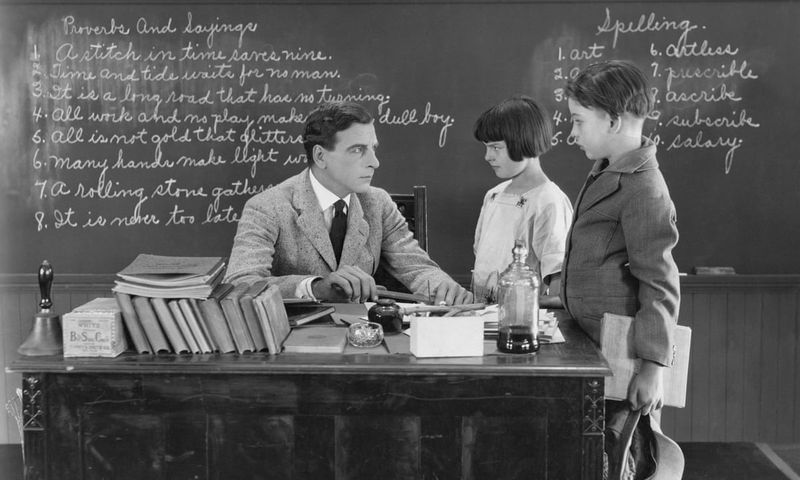
The 1960s were a transformative era, marked by cultural shifts, political upheaval, and technological limitations that are almost unimaginable today.
For the modern generation, accustomed to the luxuries of instant communication and on-demand entertainment, surviving in this historical decade would have been a series of challenges.
The conveniences of today’s digital age contrast sharply with the realities of the 60s, where every piece of information came with its own waiting period. This shift from a tactile to a digital world highlights the evolving nature of human experience.
Here are 13 reasons why today’s generation might find it difficult to adapt to the lifestyle and challenges of the 1960s.
1. No Smartphones (or Internet)
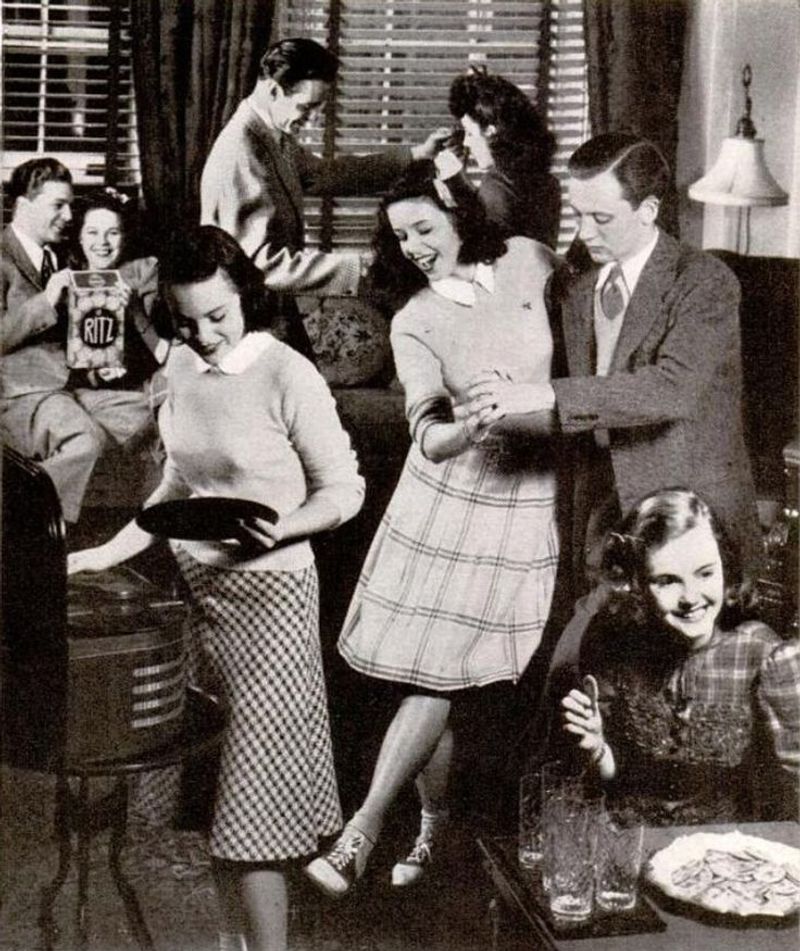
Imagine a world where waiting was the norm. In the 1960s, information was not at our fingertips; it required patience. Encyclopedias were treasured sources of knowledge, and waiting for a letter or a phone call was part of daily life.
Fast forward to today, and the thought of Google going offline for even a few minutes sends shivers down our spines. Today’s generation thrives on instant gratification, unable to fathom a time when information wasn’t a click away. The transition from analog to digital has drastically changed our interaction with the world.
2. Music Wasn’t On-Demand
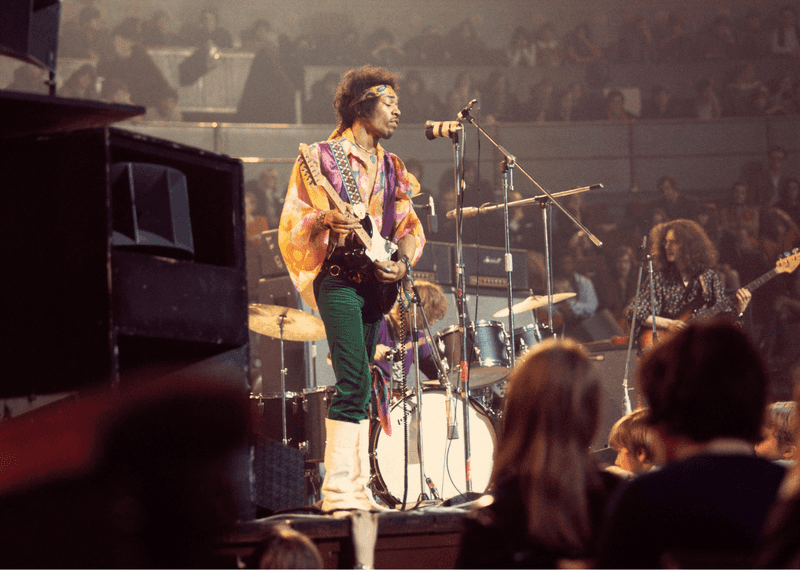
Music lovers in the 1960s knew the anticipation of waiting for a favorite song on the radio. There was a charm in saving up for a vinyl record and playing it on a turntable. Today’s culture of skipping a song within seconds would be unthinkable then.
This shift from tangible music experiences to digital playlists signifies a broader change in how we consume media. The emphasis has moved away from patience and savoring moments to immediate satisfaction, reflecting our ever-accelerating lifestyle.
3. Military Draft Was Real
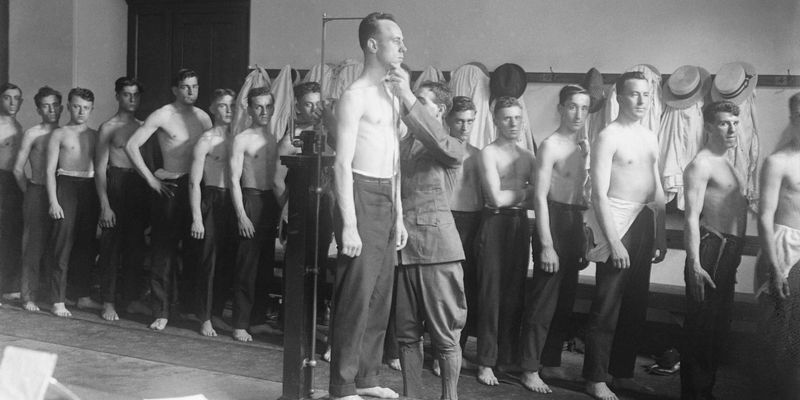
The 1960s held a stark reality for young men: the military draft. Receiving a draft notice was a defining moment, one that carried weight and responsibility. Today, the concept of mandatory military service is virtually inconceivable, often met with instant protests on social media.
This change underscores a shift towards individual choice and freedom. While the draft was a bond shared by many during that era, today’s generation is more accustomed to voicing opinions and challenging authority through digital platforms.
4. Strict Gender Roles
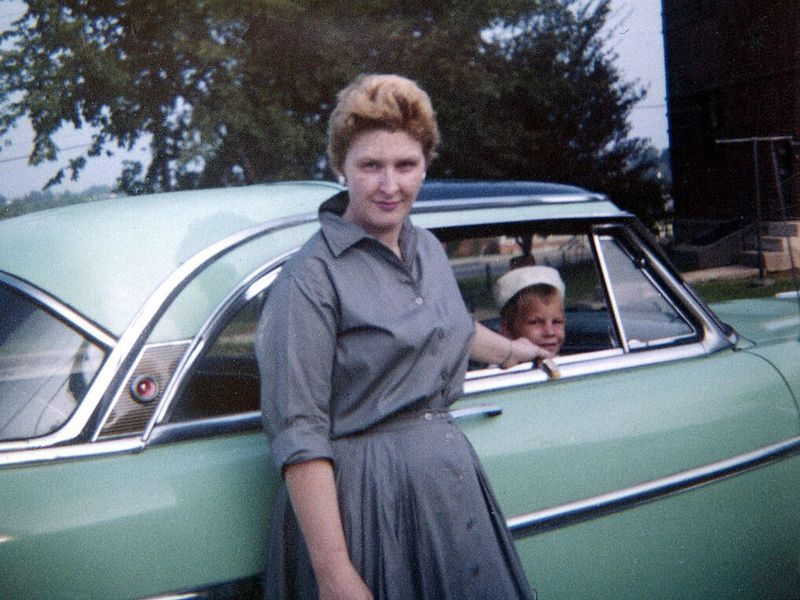
Gender roles were clearly defined in the 1960s. Men were breadwinners, and women were expected to manage the home. This rigid framework often left little room for deviation, with societal norms tightly enforcing these roles.
Contrast this with today’s values, where gender fluidity and personal choice are celebrated landmarks of societal progress. The evolution from strict gender binaries to more inclusive expressions highlights significant cultural advancements, showcasing how far we’ve come in embracing diversity and individuality.
5. No Mental Health Support
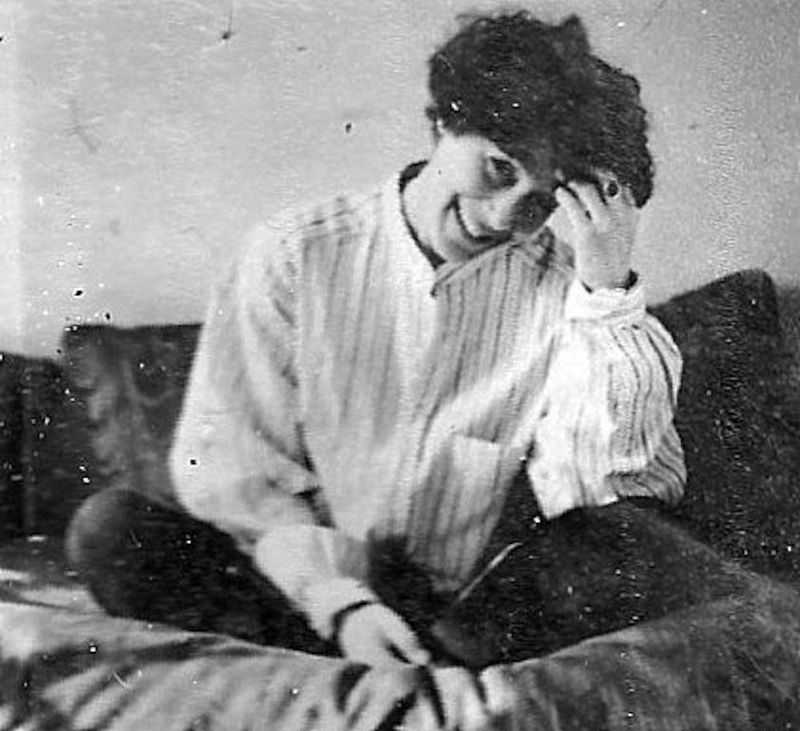
Mental health was a taboo subject in the 1960s, often ignored or misunderstood. Support systems were scarce, and stigma surrounded those who sought help. Fast forward to the present, and mental health awareness has become a cornerstone of public health.
Therapy and self-care are embraced and encouraged. This transformation from neglect to recognition represents a shift in societal attitudes, highlighting the importance of understanding mental well-being. The journey towards mental health acceptance marks a profound change in how we view and support each other.
6. You Had to Wait… for Everything

Patience was more than a virtue in the 1960s—it was a necessity. Waiting for the mail, developing film, or even catching a favorite TV program required planning and anticipation. Compare this to the instantaneous nature of today’s world, where waiting for anything feels like an imposition.
The shift to immediate gratification is evident in how we consume information and entertainment. This change reflects a broader cultural evolution towards speed and efficiency, reshaping our daily experiences and expectations.
7. Corporal Punishment Was Normal

In the 1960s, corporal punishment was an accepted method of discipline both at home and in schools. The image of a strict teacher wielding a ruler was a familiar sight. Today’s perspective is vastly different; such practices would spark outrage and legal action.
The move away from physical punishment towards more thoughtful and respectful approaches highlights a broader understanding of child development and rights. The transition underscores a societal shift towards empathy and nurturing, aligning with modern educational practices.
8. One TV, No Remotes
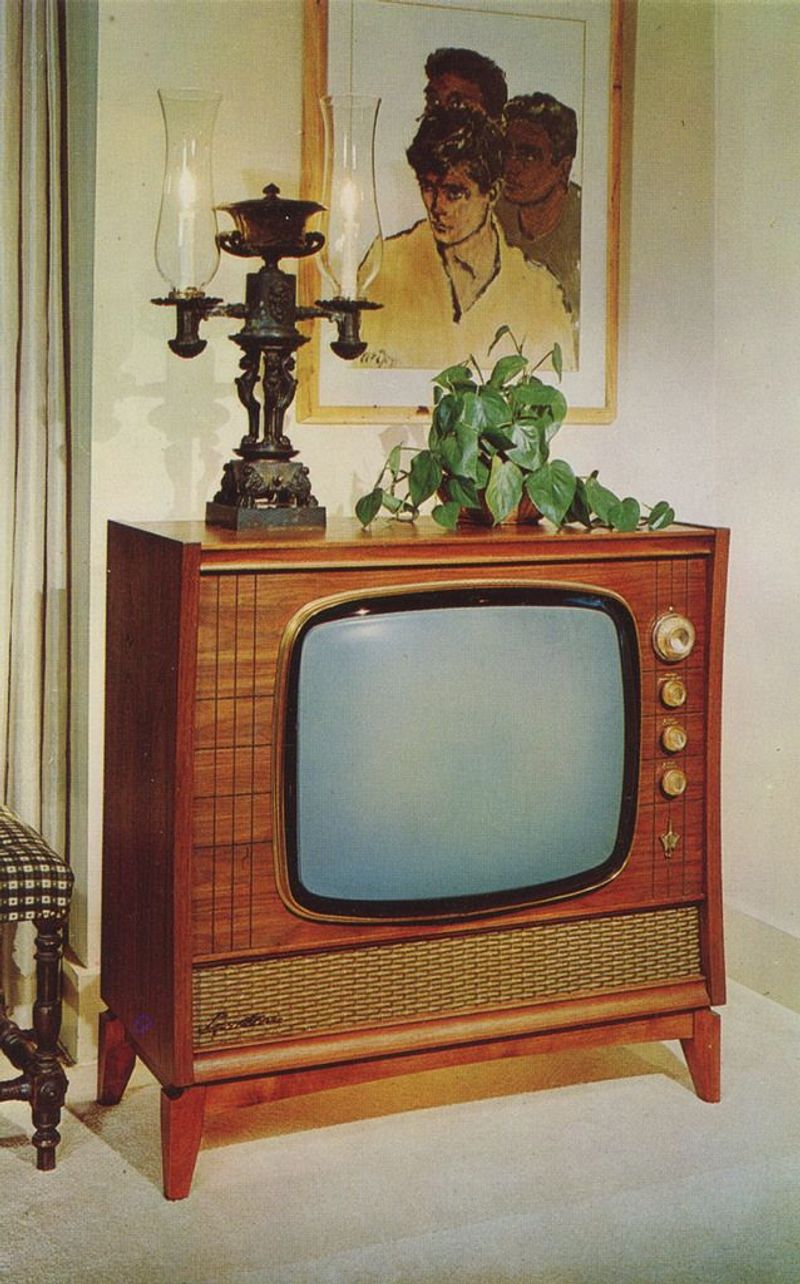
Gathering around a single television set was a daily ritual for families in the 1960s. With only a few channels and no remote control, watching TV required collaboration and compromise. Contrast this with today’s multi-screen households, where each person can enjoy personalized content.
The evolution from shared media experiences to individualized viewing reflects broader changes in technology and media consumption, emphasizing convenience and choice. This shift illustrates how entertainment has become a more personal and accessible aspect of modern life.
9. Smoking Everywhere

In the 1960s, smoking was not just a habit—it was woven into the fabric of society. Whether in restaurants, airplanes, or hospitals, the presence of smoke was commonplace. Fast forward to today, where smoking is heavily restricted, and even vaping faces scrutiny.
The cultural shift away from smoking highlights growing health awareness and the importance of clean environments. This change reflects a larger trend towards healthier living and increased longevity, reshaping public spaces and personal choices for the better.
10. No Online Shopping (Or Credit Cards for Everyone)
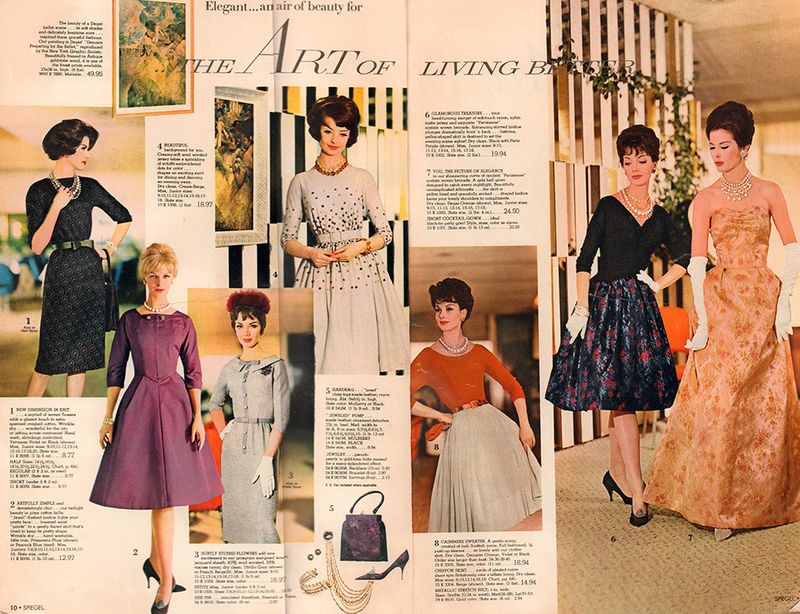
Shopping in the 1960s required catalogs, cash, and a dose of patience. Credit cards were a luxury, not a standard. Compare this to today’s online retail world, where a few clicks can bring anything to your doorstep. The evolution in shopping reflects a broader shift towards convenience and accessibility.
The transformation from tangible transactions to digital ease underscores the impact of technology on consumer habits, illustrating a dynamic change in how we interact with commerce and gratification.
11. Racism and Inequality Were Legal
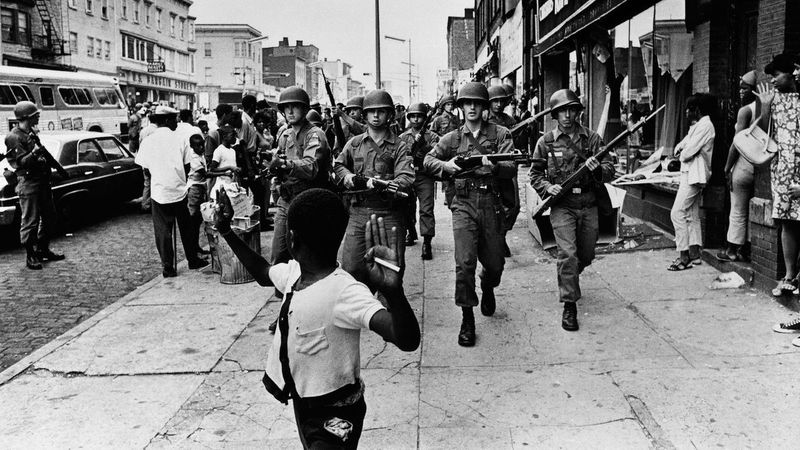
The 1960s were a pivotal time for civil rights, with systemic racism and inequality entrenched in law. The struggle for equality was marked by protests, bravery, and monumental change. Today, while challenges remain, legal protections and heightened awareness reflect significant progress.
The ongoing journey towards social justice underscores the importance of activism and education. This transformation from overt discrimination to an era striving for equality highlights the continuous effort to create a more inclusive and fair society.
12. You Had to Talk on the Phone
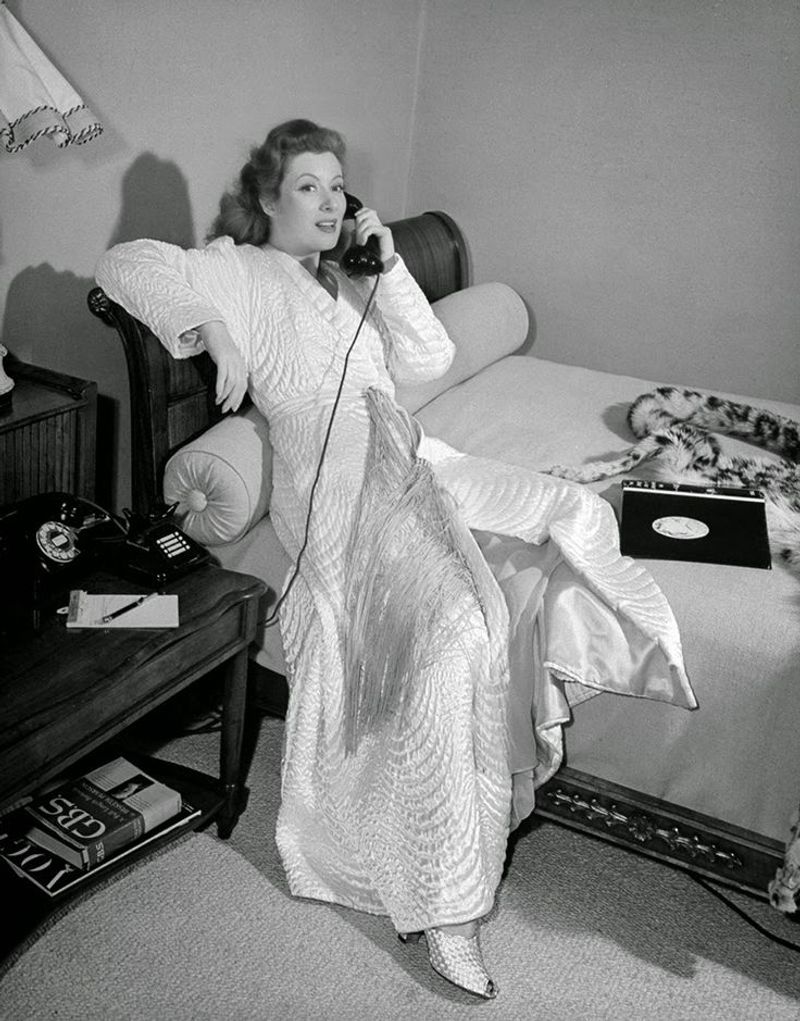
Before texting and instant messaging, the telephone was king. Making plans involved speaking directly to people—and often their parents. Today, the art of conversation has taken a backseat to digital communication.
The shift from voice to text illustrates a broader change in social interaction, reflecting the impact of technology on relationships. From direct communication to emojis and texts, this evolution highlights how our connections have become both more immediate and more detached, shaping how we express ourselves in the digital age.
13. Fashion Was… Limited
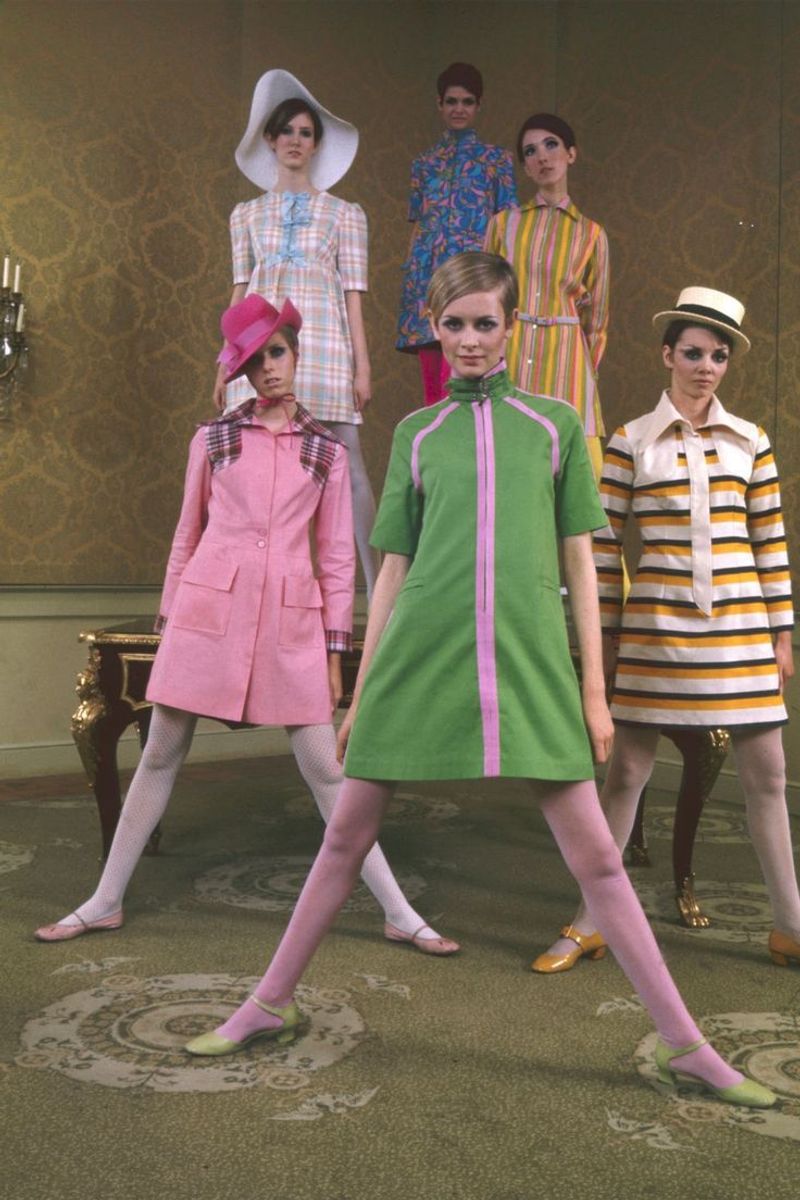
Fashion in the 1960s moved at a leisurely pace, with trends lasting years rather than weeks. Clothing was often tailored to fit societal norms, leaving limited room for personal expression. Contrast this with today’s fast fashion, where styles can change overnight, driven by social media influencers and online shopping.
The transition from slow to fast fashion reflects broader cultural shifts towards individualism and expression. This evolution highlights how fashion has become a dynamic and fluid aspect of modern identity, offering endless possibilities for creativity.

Comments
Loading…